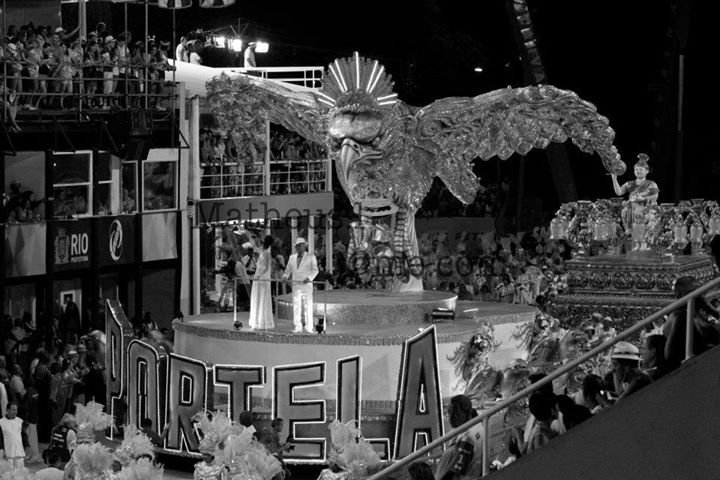Understanding Carnaval parades
As students in Brazil, we are all familiar with the term Carnaval. If by some cruel trick of nature you are not, then perhaps you should reassess whether you truly deserve to enjoy this Carnaval break.
Although the well-deserved week off school and the vibrant parties are probably most peoples’ favorite parts of this holiday, I must confess that, in my opinion, one of the best elements of carnaval is the traditional samba school parades. As a Mangueirense (a person who supports the best samba-school in the business, Mangueira), there is nothing better than seeing the vibrant green and pink shower of glittery and ornate costumes samba down the Sambódromo (the arena where the professional parades are held).
So, in the spirit of Carnaval, I thought that it would be interesting to break down the structure of each parade so that we could finally achieve our ultimate purpose in life: become pros at watching Carnaval parades!
Let’s start with the basics. The samba school parades take place in both São Paulo (from Friday to Saturday) and Rio (from Sunday to Monday) during this first weekend of carnaval break. These samba schools are composed of thousands of members from different communities of each state, and they compete against each other to put on the best parade of the year. Every school must have an enredo, a theme for their parade. Accompanying this enredo is the samba-enredo, the samba music written for the chosen theme and sung throughout the presentation.
Every parade starts with a comissão de frente, a group of about 15 dancers that introduce the enredo through their choreography. Then, the first of multiple enormous, decorated parade floats rolls in. This is called the carro abre-salas, and is particularly important, for it usually carries features that are significant to the school’s theme. Following this and all of the other floats (known as carros alegóricos) are the individual alas that compose the main body of the parade. They are groups of at least 100 people in the same costume, dancing down the Sambódromo in organized rows. A carro alegórico and its respective alas make up one alegoria, a section of the parade that carries out a specific theme within the main enredo.
Between some alas are the mestre-sala and the porta bandeira, the two dancers that present the flag of the samba schools. The porta bandeira (the female dancer) wears an ornate dress to which the flag is attached. While she dances in circles, the mestre-sala usually sambas around here. There are around three mestre-sala and porta bandeira couples spread out across the parade, but usually the first is regarded as the main couple, the most experienced dancers.
In my opinion, the heart of every parade is the bateria, the group of about three hundred and fifty musicians (mostly percussionists) that play the samba-enredo of the school. In the middle of the performance, these musicians must perform the recúo da bateria, where they break off from the main parade and move to an empty section next to the bleachers to play their samba as the rest of the parade passes through.
Accompanying the bateria are the famous rainhas de bateria (the queens of the bateria), the beautiful female dancers that samba in impressively large heels and feathered bikinis. In addition, every school has multiple passistas, male and female dancers that samba in the spaces between alegorias.
All of these components are meticulously evaluated by a board of judges seated in a specific section of the Sambódromo. These judges observe aspects like the synchronization of the dancers and the quality of the costumes to determine the winner school of the parade. These winners from São Paulo and Rio are then announced on the following Tuesday and Wednesday, respectively.
So there you have it, a summary of the important features of the samba school parades so that you can be better informed when watching them live or on TV. And if you by any chance miss the best parades of the year, don’t fret! The following Saturday presents the desfile das campeãs, where the winning schools parade once more in the Sambódromo.
Happy Carnaval, everyone!
Sources: brasilescola.com; riocarnaval.org

Mariana Lepecki is one of the Editors-in-Chief of the magazine and has been part of the staff for the last three years. In previous years, she has been...






